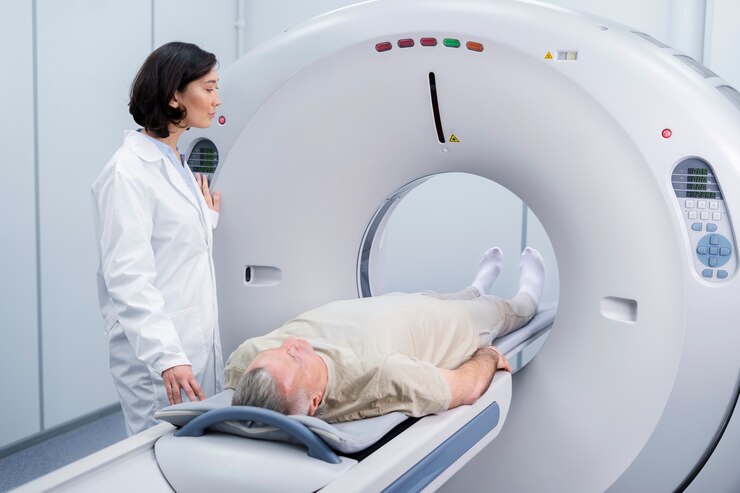Early diagnosis is critical for effective treatment, and AI is proving to be a game-changer in this field. Diagnocat is transforming the dental industry with its AI-powered tools, enabling dentists to detect oral diseases like dental caries and periodontal disease earlier and more accurately than ever before.
Revolutionizing Detection of Dental Caries
Dental caries, or tooth decay, is one of the most common oral health problems worldwide. Traditional diagnostic methods, such as visual examinations and X-rays, often fail to detect the earliest signs of decay. This is where AI excels. With its ability to analyze thousands of images and recognize patterns, AI identifies early-stage caries long before they are visible to the naked eye.
AI doesn’t just improve detection; it enhances prediction. By analyzing patient data, including lifestyle habits and oral hygiene history, AI can predict a patient’s susceptibility to future decay. This proactive approach allows dentists to implement preventive measures, helping patients avoid invasive treatments.
Studies have shown that AI systems achieve diagnostic accuracy rates comparable to experienced clinicians, but they do so more quickly and consistently. By minimizing human error, AI ensures that patients receive accurate diagnoses every time.
AI’s Role in Identifying Periodontal Disease
Periodontal disease, which affects the gums and supporting structures of teeth, often goes unnoticed in its early stages. Left untreated, it can lead to tooth loss and other severe complications. AI is proving to be an invaluable tool in diagnosing this condition early, particularly by analyzing radiographs for signs of bone loss.
Beyond imaging, AI integrates other data points, such as a patient’s medical history and risk factors, to provide a comprehensive assessment of periodontal health. This holistic analysis enables dentists to offer targeted treatments that address the root cause of the disease. AI’s consistency in evaluations reduces variability in diagnoses, leading to better treatment outcomes.
Transformative Benefits for Patients and Dentists
The integration of AI into dental diagnostics is not just about technological advancement; it’s about improving patient care. AI enhances diagnostic precision, enabling dentists to detect conditions at their onset when treatments are less invasive and more effective. Patients benefit from faster diagnoses, which often translate to reduced appointment times and quicker treatments.
For dental practitioners, AI streamlines workflows by automating time-consuming tasks such as image analysis and report generation. This efficiency allows dentists to focus more on patient interactions and complex cases, improving the overall quality of care. Moreover, AI provides an objective second opinion, increasing confidence in the accuracy of diagnoses and treatment plans.
Challenges and Opportunities
While the benefits of AI in early disease detection are clear, there are challenges to address. Data privacy remains a critical concern, and practices must ensure compliance with regulations to protect patient information. Additionally, training AI systems requires diverse datasets to avoid biases and ensure reliability across different demographics.
Despite these challenges, the opportunities are immense. As AI technology continues to evolve, its integration into dental practices will become even more seamless, enabling real-time diagnostics and personalized care.
Conclusion
AI is revolutionizing the early detection of oral diseases like dental caries and periodontal disease, offering unparalleled accuracy and efficiency. Platforms such as Diagnocat are leading the way, empowering dentists with tools to enhance diagnostic capabilities and improve patient outcomes.
By embracing AI, dental professionals can elevate their practice, providing proactive, precise, and patient-centered care. The future of dentistry is here, and it’s driven by the power of artificial intelligence.
If you’d like, I can further expand on any specific section or incorporate real-world examples of Diagnocat in action. Let me know!





Be First to Comment